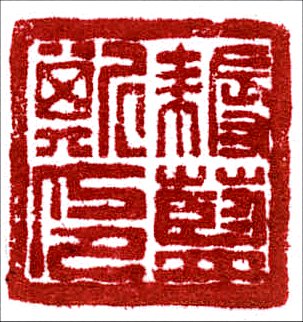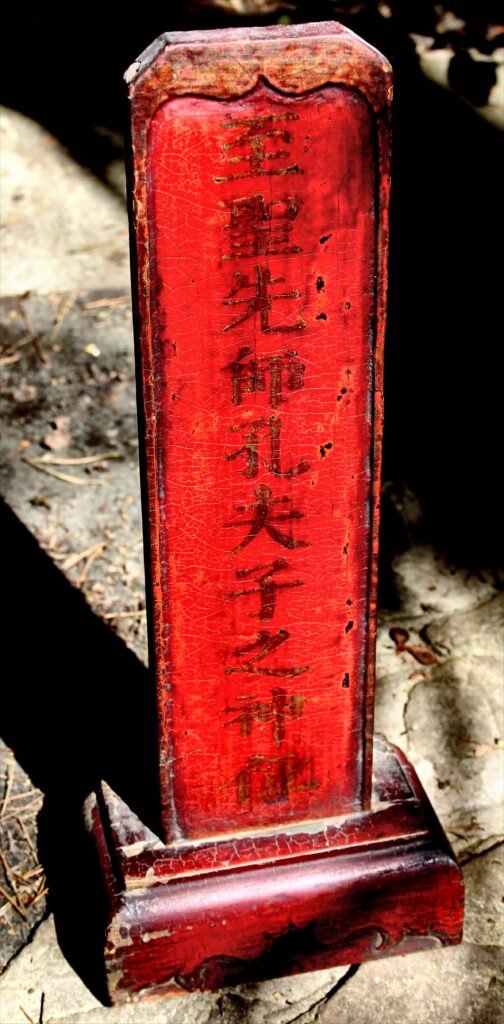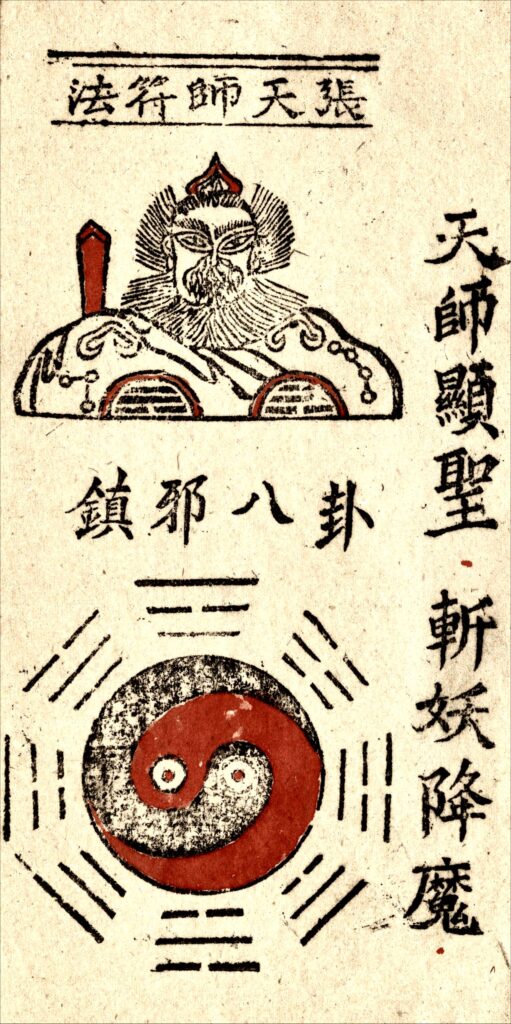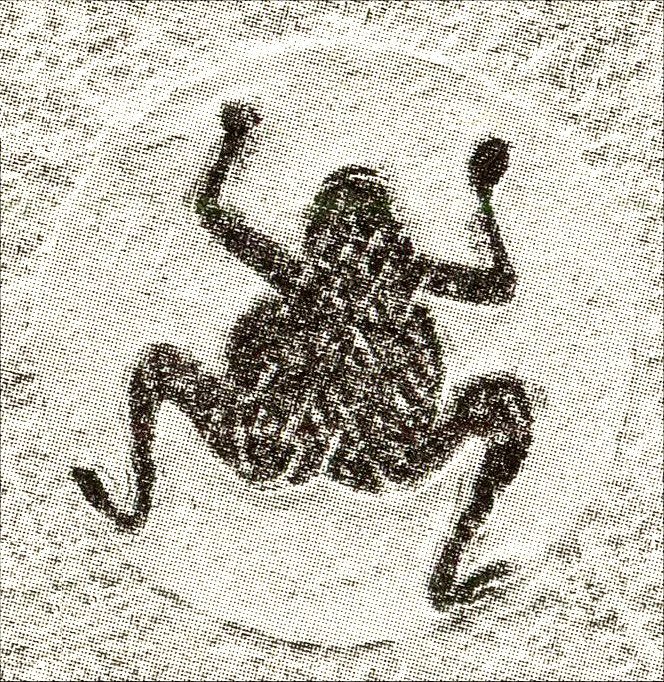
The silhouette of Lancelot Nul
The story’s shorter synopsis….
In Silhouette’s trilogy, six letters recount Lancy’s experiences as an overseas student at Camford University, six as an outsider navigating Huichen and six as one of the homeless in Townvilleton City (TC) in the Pacific Northwest. While these settings generally anchor Silhouette’s explorations of Confucianism, Buddhism and Daoism respectively, the isms are in constant dialogue with one another – and with their Western counterparts – thereby crystallizing each understanding of the self via comparison and contrast.

Part one: Camford University. Lancy began as a self-confident American student who had won a major scholarship to this famous English university. That confidence didn’t last. While at Camford, he partook in several “ancient†convocation rituals invented that year to foster a collegiate community, rituals that backfired; he witnessed the collapse of the college belltower but the survival of its bellringer; and he helped organize a day of Greek-style “funerary games†for his rusticated friend who had succeeded in pranks but failed in academics. In a last-ditch effort to rescue his own sinking academic career, Lancy chose to emulate the Confucian scholars – even to the point of wearing billowy, red-sashed gowns cut from an extra-large yellow bathrobe – because Confucians were aligned with the universal pattern in body and mind, and they instinctively understood what was beyond their little bit of that pattern. But too little, too late. Two years after nearly failing his finals and still hanging around Camford, he attended the ancestral rituals marking the first anniversary of his tutor’s death, that tutor spiritually present to express his own concern for Lancy’s future.
As noted, Camford anchors the Confucian exploration of selfhood. Confucianism treats the self, not as the individuated essence that we assume today, but as a knot on a relationship net. I am the sum of my ties to the people around me with little or no independent essence or core, no “individual†or “me,†inside my knot. Rituals – so important in Confucianism and, as it happens, reflective of Camford’s own sense of traditionalism – make one’s surrounding network of relationships and hierarchies tangible and constant, instantiating this kind of self. Part one also explores….
- The historical baseline of modern Western individualism;
- The self that emerges via competition versus the self that emerges via connection;
- How habituation defines the self, including how it pushes ourselves either away from or toward selfishness;
- The role of reflexive thinking, namely how we habituate a second passive self (here personified as “Other-Lancyâ€) that steps back to watch and judge the original active self; and
- The self as either aligning with a universal pattern (Confucianism) or becoming a nexus of only its own circumstances (Daoism).
Part two: Huichen. After nearly failing his finals, an ashamed Lancy moved to China. Not knowing Taiwan well, he chose Huichen in particular because one of D.Fu’s former students, Linden Angerbell, had moved there twenty years earlier. As it happens, Linden had translated but never published The Dao in a fly’s head, a medieval text he now wanted to read, but before he could find her, he needed to find a job. First, he failed at joining a Buddhist translation group because he almost burned down their temple; second, he failed at teaching English because he intentionally destroyed a zoo kiosk on a school trip; and third, he failed at becoming a professional mourner when he accidentally wrecked the ancestral altar of his first client. He repeatedly failed, but he then succeeded at … being a failure. Both looking “other†and being unable to easily interact with everyone else around him because of his language limitations, he let others make use of his own otherness as a selling point, first when peddling betel nuts on the street and later when starring in a game show on TV. Yet the success of becoming a freak just drove him deeper into despair because he now always saw himself through the eyes of others, his Other-Lancy becoming musclebound after this increasingly intense workout. All through his experiences at Camford and in Huichen, Lancy simply hadn’t lived up to expectations. And what’s the solution to this shame? Finding a drug that would make him forget those expectations along with every other autobiographical detail of his frustrating life….

In Silhouette, Huichen becomes the backdrop for discussions about Chinese Buddhist selfhood, particularly about how the self is a false perception of the habituated mind. If the Confucian self is a knot, the Buddhist self is a thought. Part two also explores….
- The Buddhist fourfold self as the experience (i.e., a change of state that draws attention to itself); the experiencer (i.e., reflexive thinking, conceiving a seer of seeing, etc.), the experiencer relative to other experiencers in space; and the experiencer relative to its past and future experiences in time (both within this lifetime and across lifetimes);
- The suffering self, “suffering†because we desire things and then become attached to them, after which we feel loss when those attachments inevitably break due to a universal impermanence that separately affects both self and the desired thing;
- The non-existence of any self in the body or in any component of the five-part psyche;
- The self as product of its circumstances (in Daoism, et al) versus the self as producer of its circumstances (in Buddhism); and
- The mind that ideally fuses self and other into one.

Part three: Townvilleton City. The mayor of TC found Lancy – bereft of luggage, money and memory – panhandling for pocket change on a TC footbridge, Lancy exchanging a homemade merit coupon (“five pointsâ€) for the mayor’s coffee. In addition to sparking an underground economy based on his merit coupons, Lancy survived by taking on a variety of odd jobs (emphasis on “oddâ€) until he discovered his true vocation: weeding dandelions. More importantly, he made new friends and rediscovered old ones, the latter being expats the readers had met in Camford although Lancy himself can’t remember them. He even befriended a silent golem who had escaped from Linden Angerbell’s earlier storyline and encountered an immortal who had first appeared in Wu Youren’s. Hiking with his new friends, he found himself camping atop a mountain on a starry night, and later he lost his self while seeking refuge within an exposed seaside glade atop a cliff during a windstorm.
In Silhouette, TC is the backdrop for Daoism, and it’s where Lancy finally figured out how to become happy within just his own moment and space. While the self is a knot in Confucianism and a thought in Buddhism, it’s a clot in Daoism, a momentary coming together of aggregates entirely defined by its own circumstances and not by anything beyond them. Part three also explores….
- How the Daoist self survives by not acting upon others and how the Daoist ruler rules without recourse to punishment and reward;
- Selfhood as magnified 1.) in religion generally, 2.) in Christianity particularly and 3.) in American Christianity especially, this magnification at odds with Daoism that won’t admit to any judgements external to one’s own circumstances;
- The dwarfed-by-the-sublime self (e.g. in Kant) compared with its Buddhist and Daoist counterparts;
- The value of memories good and bad to the healthy self and, conversely, the value of losing all memory in a perfect focus on just the present (a.k.a. the “flow stateâ€); and
- The death of the self.
For a letter-by-letter summary (including a final twist that puts the whole of Lancy’s narrative into a different light), see the longer synopsis.
